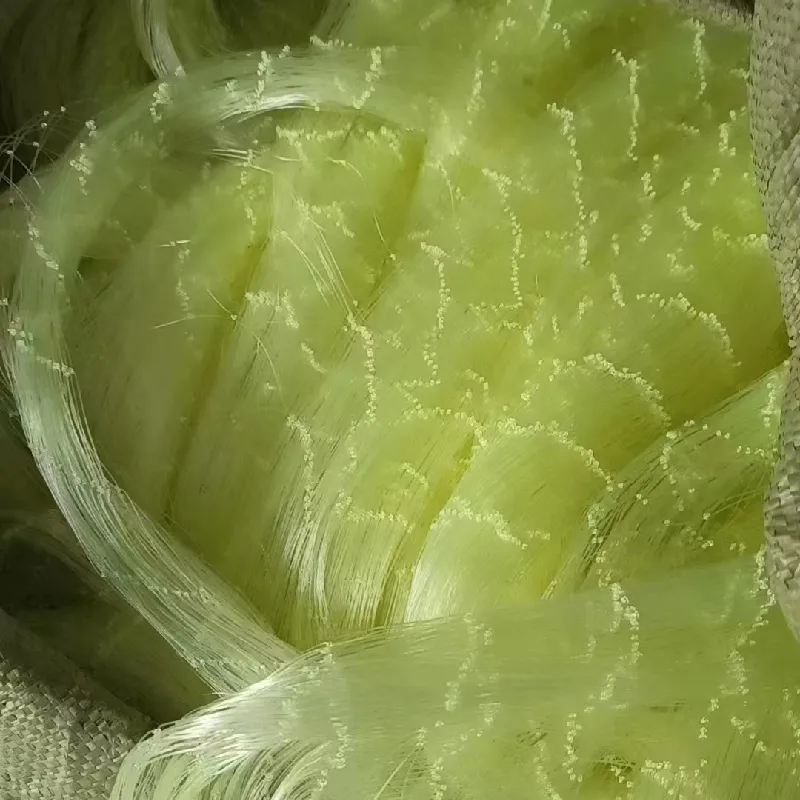-
 Afrikaans
Afrikaans -
 Albanian
Albanian -
 Amharic
Amharic -
 Arabic
Arabic -
 Armenian
Armenian -
 Azerbaijani
Azerbaijani -
 Basque
Basque -
 Belarusian
Belarusian -
 Bengali
Bengali -
 Bosnian
Bosnian -
 Bulgarian
Bulgarian -
 Catalan
Catalan -
 Cebuano
Cebuano -
 China
China -
 Corsican
Corsican -
 Croatian
Croatian -
 Czech
Czech -
 Danish
Danish -
 Dutch
Dutch -
 English
English -
 Esperanto
Esperanto -
 Estonian
Estonian -
 Finnish
Finnish -
 French
French -
 Frisian
Frisian -
 Galician
Galician -
 Georgian
Georgian -
 German
German -
 Greek
Greek -
 Gujarati
Gujarati -
 Haitian Creole
Haitian Creole -
 hausa
hausa -
 hawaiian
hawaiian -
 Hebrew
Hebrew -
 Hindi
Hindi -
 Miao
Miao -
 Hungarian
Hungarian -
 Icelandic
Icelandic -
 igbo
igbo -
 Indonesian
Indonesian -
 irish
irish -
 Italian
Italian -
 Japanese
Japanese -
 Javanese
Javanese -
 Kannada
Kannada -
 kazakh
kazakh -
 Khmer
Khmer -
 Rwandese
Rwandese -
 Korean
Korean -
 Kurdish
Kurdish -
 Kyrgyz
Kyrgyz -
 Lao
Lao -
 Latin
Latin -
 Latvian
Latvian -
 Lithuanian
Lithuanian -
 Luxembourgish
Luxembourgish -
 Macedonian
Macedonian -
 Malgashi
Malgashi -
 Malay
Malay -
 Malayalam
Malayalam -
 Maltese
Maltese -
 Maori
Maori -
 Marathi
Marathi -
 Mongolian
Mongolian -
 Myanmar
Myanmar -
 Nepali
Nepali -
 Norwegian
Norwegian -
 Norwegian
Norwegian -
 Occitan
Occitan -
 Pashto
Pashto -
 Persian
Persian -
 Polish
Polish -
 Portuguese
Portuguese -
 Punjabi
Punjabi -
 Romanian
Romanian -
 Russian
Russian -
 Samoan
Samoan -
 Scottish Gaelic
Scottish Gaelic -
 Serbian
Serbian -
 Sesotho
Sesotho -
 Shona
Shona -
 Sindhi
Sindhi -
 Sinhala
Sinhala -
 Slovak
Slovak -
 Slovenian
Slovenian -
 Somali
Somali -
 Spanish
Spanish -
 Sundanese
Sundanese -
 Swahili
Swahili -
 Swedish
Swedish -
 Tagalog
Tagalog -
 Tajik
Tajik -
 Tamil
Tamil -
 Tatar
Tatar -
 Telugu
Telugu -
 Thai
Thai -
 Turkish
Turkish -
 Turkmen
Turkmen -
 Ukrainian
Ukrainian -
 Urdu
Urdu -
 Uighur
Uighur -
 Uzbek
Uzbek -
 Vietnamese
Vietnamese -
 Welsh
Welsh -
 Bantu
Bantu -
 Yiddish
Yiddish -
 Yoruba
Yoruba -
 Zulu
Zulu
Exploring Innovative Designs and Benefits of Agricultural Net Houses for Sustainable Farming Practices
The Benefits of Agriculture Net Houses Enhancing Crop Production
In recent years, the agricultural landscape has undergone significant transformations, driven by the need to enhance food production and optimize resource usage. One innovation that has garnered attention is the agriculture net house, a structure designed to provide controlled growing conditions while protecting crops from various environmental stressors. This article explores the benefits of agriculture net houses and their impact on modern farming practices.
Agriculture net houses, often referred to as shade houses or netted greenhouse structures, are typically constructed using a framework covered with nets that offer varying degrees of sunlight filtering and protection against pests. The primary purpose of a net house is to create a microclimate that is conducive to plant growth. By regulating the amount of sunlight, temperature, humidity, and airflow, these structures create an ideal environment for crops to flourish, leading to improved yields and better quality produce.
One of the most significant advantages of net houses is their ability to shield crops from harmful pests and diseases. Unlike traditional farming techniques, where crops are exposed to open fields, net houses act as a barrier against insects and birds, reducing the reliance on chemical pesticides. This not only contributes to more sustainable agricultural practices but also helps in producing organic food, which is increasingly in demand among health-conscious consumers.
Moreover, net houses help mitigate the challenges posed by erratic weather patterns. With climate change resulting in extreme weather events, farmers are often at the mercy of unpredictable conditions. Net houses provide a shield against excessive rainfall, strong winds, and harsh sunlight, enabling farmers to maintain stable growing conditions throughout the year. This resilience not only protects crops but also secures farmers' investments by minimizing the risk of crop loss.
agriculture net house

Another benefit is the efficient use of water resources. Agriculture net houses can incorporate advanced irrigation systems such as drip irrigation, which delivers water directly to the plant's roots. This method reduces water wastage and ensures that crops receive optimal hydration. In regions facing water scarcity, this efficiency is particularly crucial, allowing farmers to maximize productivity while conserving precious water resources.
Additionally, net houses can be equipped with automated systems for climate control, including fans, heaters, and ventilation systems. These technologies enable farmers to monitor and adjust the internal environment, ensuring that crops receive optimal conditions for growth. By harnessing data-driven solutions, farmers can make informed decisions regarding planting schedules, fertilization, and pest management, leading to enhanced productivity and profitability.
The economic benefits of agriculture net houses are substantial. Although the initial investment may be higher than traditional open-field farming, the long-term advantages often outweigh the costs. Increased crop yields, reduced input costs for pest management, and the ability to grow high-value crops year-round can lead to greater profitability. Furthermore, farmers can cater to niche markets that prefer sustainably grown produce, thus enhancing their market competitiveness.
In conclusion, agriculture net houses represent a significant advancement in modern farming, offering a range of benefits that address current challenges in crop production. By providing a controlled environment, protecting crops from pests and unpredictable weather, conserving water, and enabling efficient farming practices, net houses are essential tools for sustainable agriculture. As the world grapples with growing food demands and environmental challenges, investing in such innovative solutions is fundamental to securing a more resilient and productive agricultural future.
-
Shipping Plastic Bags for Every NeedNewsJul.24,2025
-
Safety Netting: Your Shield in ConstructionNewsJul.24,2025
-
Plastic Mesh Netting for Everyday UseNewsJul.24,2025
-
Nylon Netting for Every UseNewsJul.24,2025
-
Mesh Breeder Box for Fish TanksNewsJul.24,2025
-
Expanded Steel Mesh Offers Durable VersatilityNewsJul.24,2025











